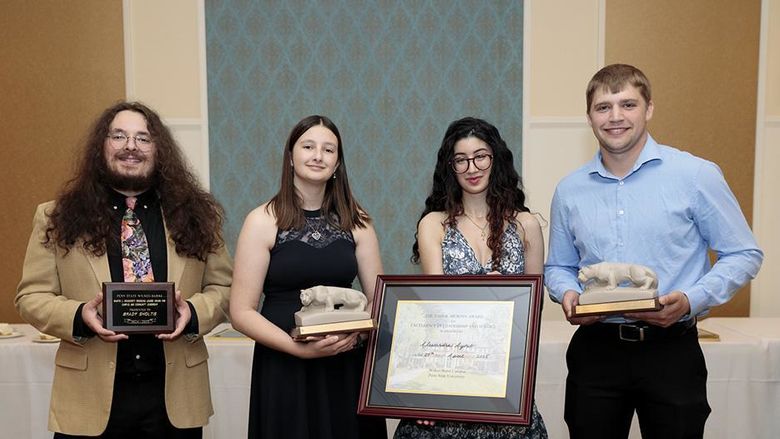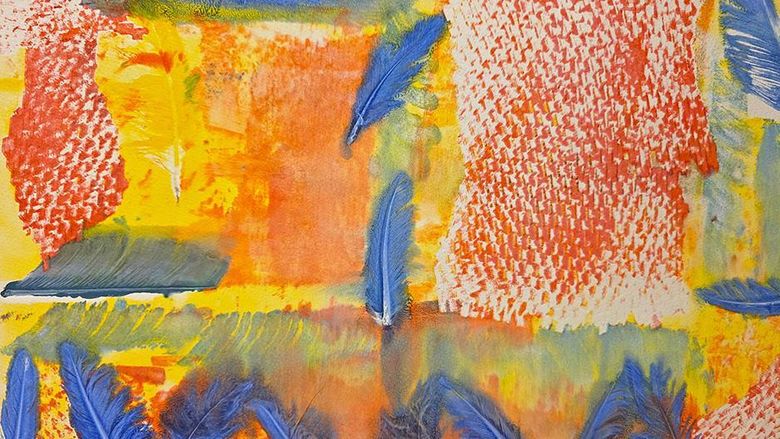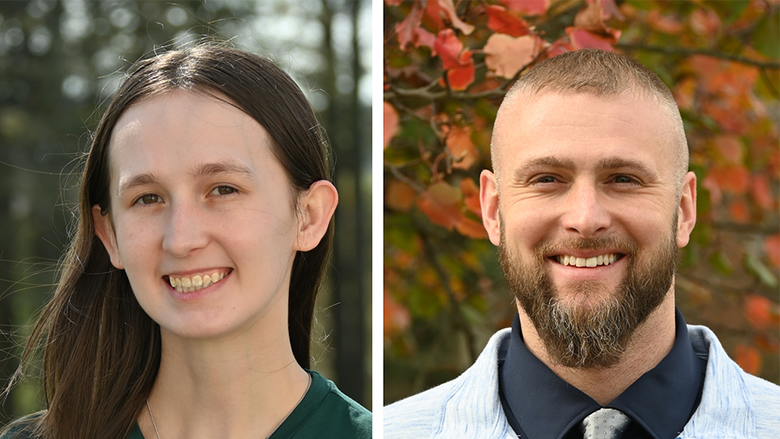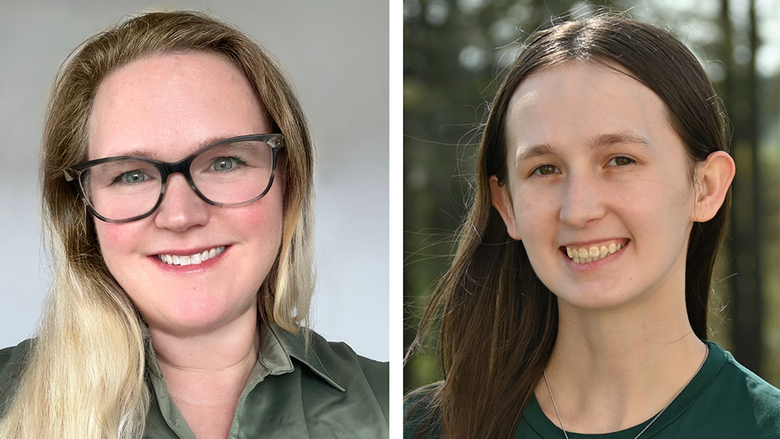LEHMAN, Pa. — What happens when the sun, the moon, and the Earth all line up in a row? A spectacular phenomenon known as a total solar eclipse. On Monday, Aug. 21, millions of Americans will be witness to this occurrence, rarely seen in the United States, when the moon casts a shadow over the Earth.
“Total solar eclipses typically occur every 18 months on average but this is the first solar eclipse to occur in the United States in over 35 years,” said Director of Continuing Education Jane Ashton.
A total eclipse will be visible in a thin strip across the United States. As the shadow of the moon moves west to east across the country, people in 14 states will experience the awe-inspiring spectacle of the moon completely covering the sun. This will begin with Oregon at 10:15 a.m. (local time) and end with South Carolina at 2:45 p.m. (local time). The rest of the country will see a partial eclipse, and Northeast Pennsylvania observers can expect to see approximately 75-80 percent of the sun covered by the moon.
“This is a very rare and exciting experience for us, even in regions where the eclipse is only partial. We won’t get a chance to see another solar eclipse in the U.S. until 2024, and then again in 2045,” says Assistant Professor of Physics and Astronomy Violet Mager. “In the Wilkes-Barre/Scranton area, the moon will begin to pass in front of the sun at 1:19 p.m. It will gradually move toward maximum eclipse at 2:41 p.m, where 77 percent of the sun will be covered by the moon. It will end at 3:57 p.m., for a total duration of 2 hours and 38 minutes.”
Being such a rare occurrence, Penn State Wilkes-Barre is inviting community members to "SEE: the Solar Eclipse Experience," from 1 to 3:30 p.m. on Monday, Aug. 21 in the Nesbitt Academic Commons located on the Lehman campus. This event is free and open to the public. A live stream of the total eclipse will be broadcasting in the Library Computer Lab. There will be a coloring/drawing contest for students in grades 1-9, and light refreshments will be served.
While it is not advisable to look directly at an eclipse, participants attending SEE will be provided free eclipse-viewing glasses that make the eclipse safe for their eyesight. Additionally, the campus’ solar telescope will be available for viewing the eclipse. The solar telescope detects hydrogen emission at a specific wavelength (color) in the visible spectrum, and is specially designed to observe the sun. In the event of cloudy skies, the solar telescope will not be used, but otherwise the event will continue as planned.
“Even at maximum eclipse it is not safe to look directly at the sun. Doing so could potentially cause permanent damage to your eyes,” explained Mager. “To safely view the eclipse, use specially designed eclipse-rated glasses (ordinary sunglasses are not good enough). They have an expiration date of one year, so don’t save your glasses for the next eclipse. The next best way to observe the eclipse is with a ‘pin-hole’ camera. Simply poke a hole in a piece of paper with a push-pin, stand with your back to the sun, and let the light fall through the hole to the ground. During the eclipse you will see a crescent shape as the moon covers part of the usually circular disk.”
“Penn State Wilkes-Barre has first-class academic programs and is committed to serving the educational needs of the community,” said Dale Jones, chancellor and chief academic officer. “The Aug. 21 total solar eclipse which will sweep across the continental U.S. is an extremely rare event. It is a special educational opportunity for students as well as the general public. The solar eclipse is a perfect event for Mager to share her knowledge and engage with community members about the sciences and, particularly, the field of astronomy.”
For more information, contact Violet Mager at [email protected].





